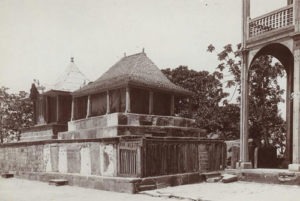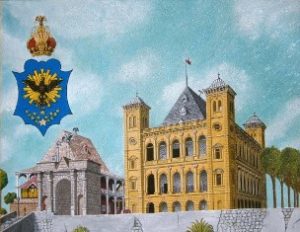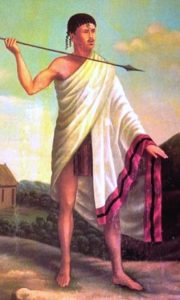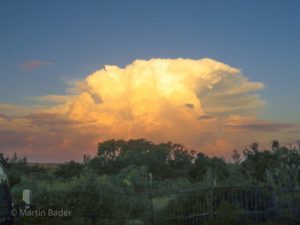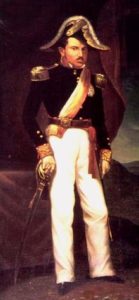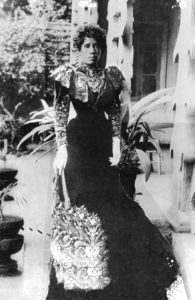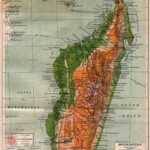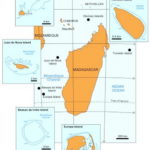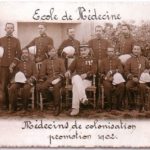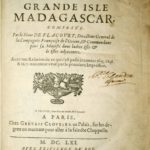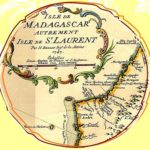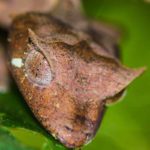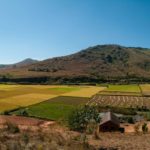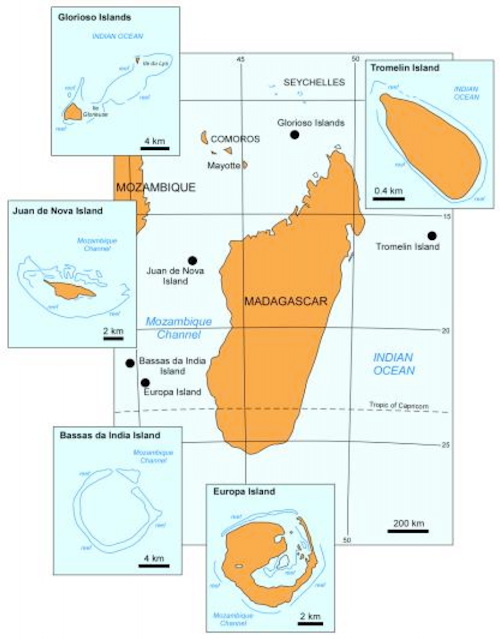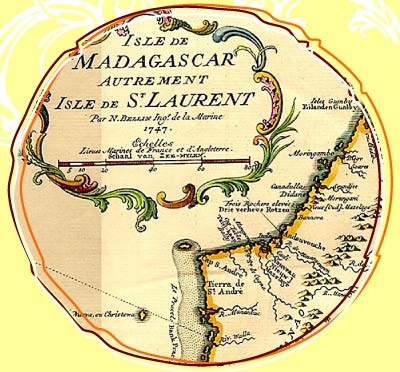Monarchies, Kingdoms and Dynasties in Madagascar
Madagascar today is a independent republic with democratic structures, but has long been characterized by a wide variety of rulers with different claims to power and styles of government. The list of rulers and kings who have created their own empires on Madagascar is very long, because the monarchy has a long tradition on the island to this day. Even today different kings on the island However, these have long since ceased to have such great power as they did many years ago. The monarchs that still exist today are on individual indigenous tribes limited. For example, the Antaimoro and Betsileo tribes still have reigning kings. Their influence, however, is limited to their direct subjects from the associated tribes. The history of kingdoms, monarchies and dynasties on Madagascar is not a pleasant one in every respect, for many testimonies from earlier times speak of terrible bloodshed and sometimes cruel and domineering monarchs. However, since written evidence does not exist from all eras of developments on the island, many events and happenings today can only be described as Reconstruct conditionally. Some artifacts and oral traditions can be used as sources, but how reliable interpretations based on them are is questionable. Nevertheless, in the following we would like to give you a comprehensive look into the History of monarchies, kingdoms and dynasties in Madagascar grant
The first kingdoms and rulers
The settlement of Madagascar occurred in many different phases and stages, with populations settling on the island often arriving as slaves with different origins. Accordingly, the people of Madagascar were divided into many smaller tribesEach of them lived according to its own rules and laws and claimed individual territories for itself. Scientists now assume that in the 15th century probably began to form the first really noteworthy kingdoms on Madagascar. The two Sakalava kingdoms were probably two of the first noteworthy kingdoms on the island. More precisely, these were the Boina and Menabe Kingdomswhich were, as it were, regularly at war with each other. Both monarchies were characterized by very imposing administrative and organizational structures, which were supported by a high level of civilization testified. The Sakalava illustrated this, for example, in the military field: From the west coast of Madagascar over to the east coast, the Sakalava possessed a great influence due to their military power. The policy of conquest, which for example involved various wars with the Betsimisaraka, is also another sign of the high degree of civilization of the Sakalava. Somewhat later, another kingdom was formed in the south of Madagascar. The Monarchy of the Mahafaly can still be found in numerous traces on the island, such as the impressive tombs that can be discovered in the south of the island. Besides the kingdom of the Mahafaly arose two dynasties of the Anosy as well as the Masikoro Kingdom. Then add to this later four independent kingdoms of the Betsileo as well as the Antaimoro kingdom on the east coast of Madagascar. The Betsimakara were finally able to establish an independent monarchy in the 18th century as well and to profit from the good trade relations with other nations, because a well-developed trade and goods transhipment center was established in the east of Madagascar.
The Merina Kings - A Time of Ups and Downs
Probably the greatest and most important influence on the development of the island of Madagascar had the Merina peopleTheir claim to power was only stopped by the invasion of the French in the course of colonization. The Merina are originally from Indonesia and once came to Madagascar as rice farmers. It was this rice that helped them gain an advantageous position in the highlands, as few other peoples on Madagascar understood as much about rice cultivation as the Merina. These and various other reasons ensured that the Merina possessed ever greater influence on the island and subsequently presented the first king who intended to rule not only over his own tribe. This King named AndiranampoinimerinandriantsimitoviaminandriampanjakaAndrianampoinimerina, for short, ruled until 1810 and not only brought the inhabitants of Madagascar a helpful tool from Europe, the metal spade, but also began to develop the Expansion of the rule of Merina to expand. Thus, thanks to the military strategy of Andrianampoinimerina, the Bara and the Betsileo became quite quickly subjects in his kingdom and the king declared the place Analamanga as the center of his catchment area, which in turn was known as the Imerina became known. After the king Andrianampoinimerina, ascended his son Radama I He took the throne and pursued even more ambitious goals than his father. Thus Radama I strove to external relations and established close contacts with Great Britain and France. Changes in European politics were very convenient for King Radama I: Due to Napoleon's defeat at the Battle of Waterloo, the naval powers of Europe sought to strengthen their trade routes and positions. Great Britain occupied the islands of Reunion and Mauritius, and the British governor there had a treaty drawn up according to which King Radama I alone was recognized as the authority on Madagascar. As a result, some important reforms took place: For example. the trade with slaves forbidden and Christian missionaries now came to the island in droves. In addition, also held the Latin font The Malagasy language Malagasy was now recorded in writing for the first time. Together with the support of the great European powers, Radama I, who was also Radama the Great was called, also to make the Betsimisaraka and the Sakalava his subjects.
Queen Ranavalona I - A cruel reign
King Radama I died in 1828, although the circumstances of his death are still unknown. In addition to the theory that he died on a campaign, there are also rumors that he died of excessive alcohol consumption or took his own life. After his death, Radama's widow ascended, Ranavalona I, the throne and at the same time began a Reign full of horror and terrorThe Madagascans had never known it before. This reign of terror of Ranavalona I, which began by murdering all the relatives and advisors of the former king, earned the Merina queen the nickname of Ranavalona I, the cruel one one. Due to the structural upheavals that King Radama I had promoted until a few years ago, the nobles of the Howa, who had previously had great influence, had been partially disempowered. Queen Ranavalona I made it her task to help them regain their influence. In addition, from now on again held Fortune Tellers, Medicine Men and Stargazers The queen's family was joined in the palace, and they in turn were endowed with very great powers and authority. What influence these developments had on the reign of Ranavalona I is not entirely clear to this day, but it is certain that the queen refused to continue to honor the treaties once concluded with Great Britain. This concerned above all the point of slavery, which Ranavalona I did not want to accept: Ranavalona I disregarded the guidelines that had been agreed upon and the trade with slaves became legitimate again. The sad climax of this development was recorded when well 90 percent of Madagascar's population employed as slaves had to be.
The queen's various courses of action provoked the British and French military powers, who repeatedly intervened to protect certain population groups, such as the Sakalava on the island of Nosy Be. Nevertheless, Ranavalona I succeeded in revising or simply not accepting all the treaties concluded with the European powers, and so even the Christian missionaries who had come to the island only a few years before were banished again. The Christian faith was a thorn in the queen's side and so it decided to act rigorously and with all severity and cruelty against his followers. Around 150,000 people, including numerous followers of the Christian faith, were poisoned by Ranavalona I. In the royal palace of Ambohimanga can be discovered even today the gate through which the Madagascans destined for death had to pass in order to pick up a poisoned potion. This gruesome act, however, was not the only way Ranavalona I devised to get rid of the unloved Christians as well as the detested Christian faith: Near her government palace, a Christian church had been erected on a rock, from which Ranavalona I cast down all followers of Christianity who would not renounce their faith. There was also the first Christian martyr of Madagascar, Rasalama, executed.
The reign of the Merina kings ends
The political machinations of Ranavalona I ensured a Increasing isolation of the island of Madagascar and more and more people at the court tried to establish and maintain secret contacts with foreign countries, as it became increasingly apparent that Madagascar, along with Ranavalona I, was heading for disaster. Radama II, the son of Ranavalona I, for example, maintained close contacts with the French stationed in Antananarivo and was thus always kept abreast of events outside the kingdom. Unfortunately, Radama II was not blessed with an exceptional intellect and wrote a letter to Napoleon asking him to send the French force to Madagascar. This letter can be seen as first step for the French takeover in Madagascar can be regarded as a king. Behind Queen Ranavalona I's back, however, Radama II went one step further and signed the so-called Lambert Charter. This document secured the French businessman Joseph-Francois Lambert the right to use all the land and forests on the island and also allowed him to claim all the island's mineral resources for himself. He only had to cede ten percent of this to the Merina. In the later course of the colonization, these documents were of great value and In the view of the French, underpinned their claim to power on the island.
When Queen Ranavalona I noticed what was going on behind her back, she initially tried to ban all Europeans from the island of Madagascarbut by then it was already too late. About four years later, in 1861, Ranavalona I was forced to give up the throne. At that time, the people on the island suffered from unbearable conditions in which Murder and forced labor played an important role. Radama II now ascended the throne and gave the people a brief respite.
He attempted to re-establish many reforms once initiated by Radama I, abolished customs duties, the death penalty and also the army, but at the same time invited the European powers to the island to an ever greater extent. When the noble sections of the Malagasy population saw this, they intervened in the form of an intrigue against the Merina king in order not to be deprived of their privileges again. The prime minister Rainivoninahitriniony, who had been hired by the nobles of the Howa, strangled King Radama II before the eyes of his wife Rasoherina and then married her in order to be able to take over power on the island himself. After the death of the former prime minister, his brother took control of the country and married Rasoherina. In 1868, a woman again ascended the Merina throne: Ranavalona II, the wife of the prime minister's brother. She was the first ruler to receive an Anglican-Protestant baptism. During the reign of Ranavalona II, the British exerted a great influence on Madagascar and managed to expand their trading power and English as a second official language to establish on the island. After the death of Ranavalona II in 1883, climbed Ranavalona III the throne - she should the last Merina queen on Madagascar be
When Ranavalona III took the throne for himself, there was a first warlike conflict between the French and MadagascarThe war was about the enormous inheritance of Jean Laborde and the implementation of the so-called Lambert Charter, which had been signed by Radama II. In the course of this war, the city of Antsiranana became the property of the French and the Malagasy also had to richly compensate the French. However, the future of the country of Madagascar was not sealed on the island itself, but in 1878 in Berlin at a congress. There, the great European powers decided on the distribution of the various colonial states. After the first Malagasy war was the island declared a French protectorate and followed numerous bloody clashesAs a result, Queen Ranavalona III was exiled to Algeria and Madagascar was declared a French colony. This in turn, however, was only the beginning of a cruel and bloody reign full of oppression and exploitation that would even eclipse the cruel reign years of Queen Ranavalona I.

